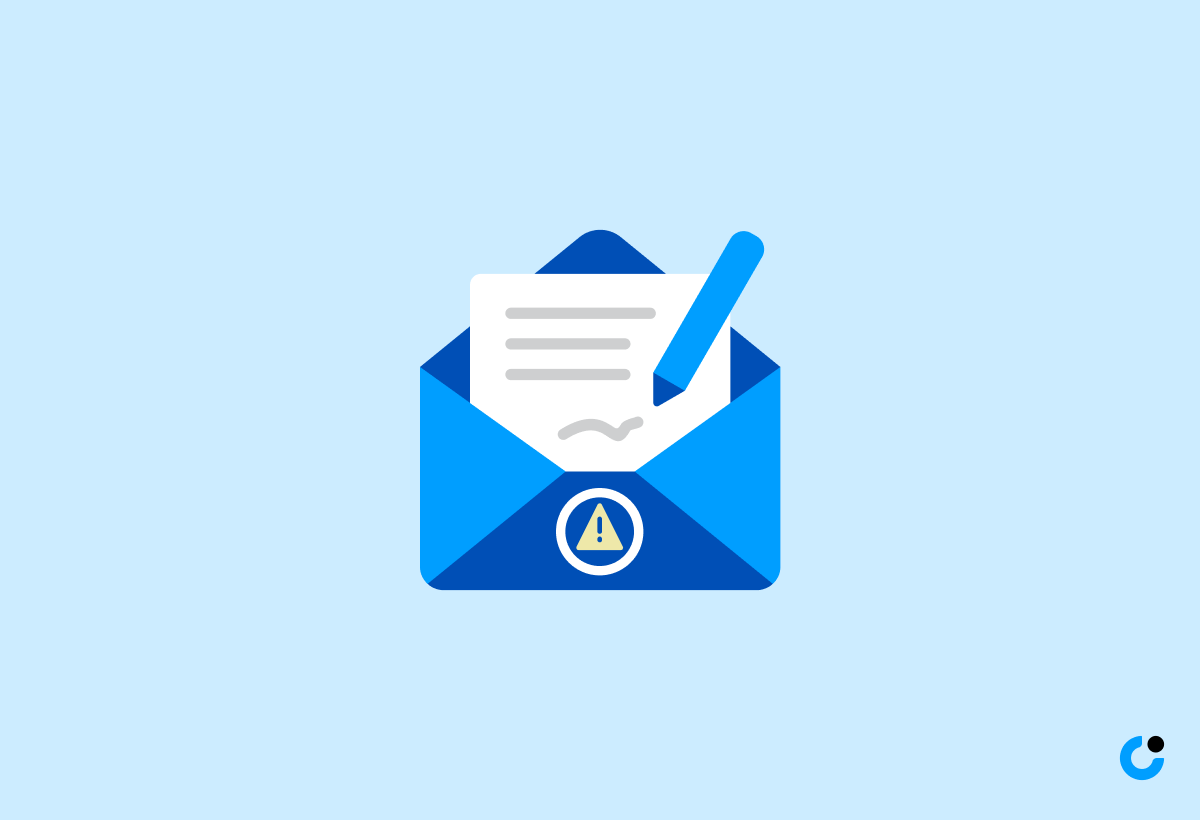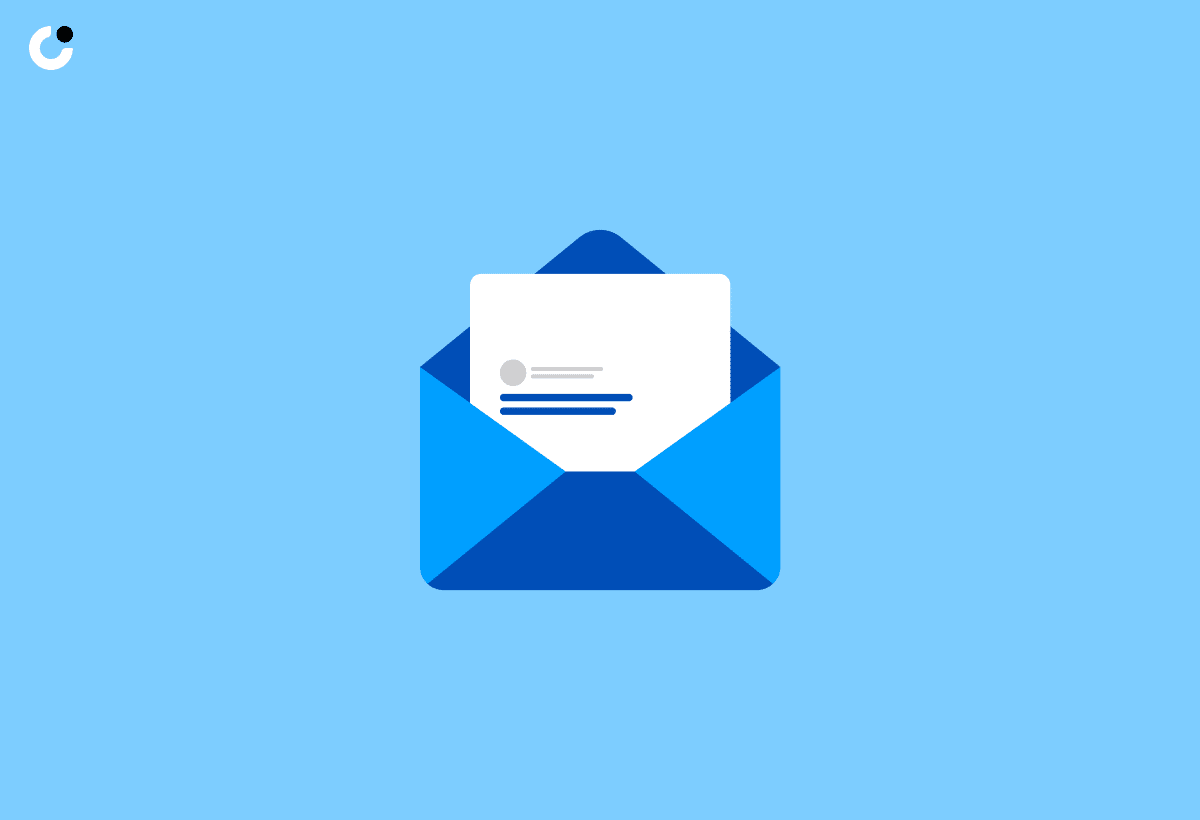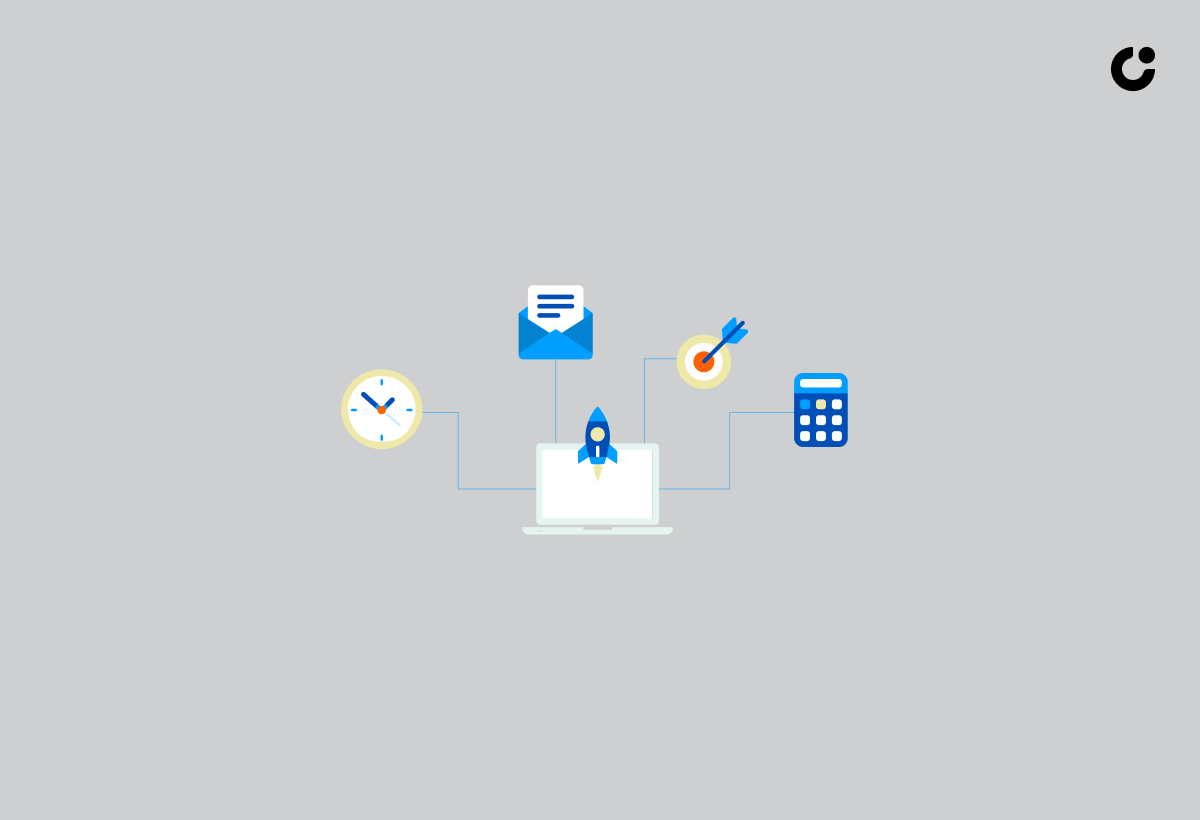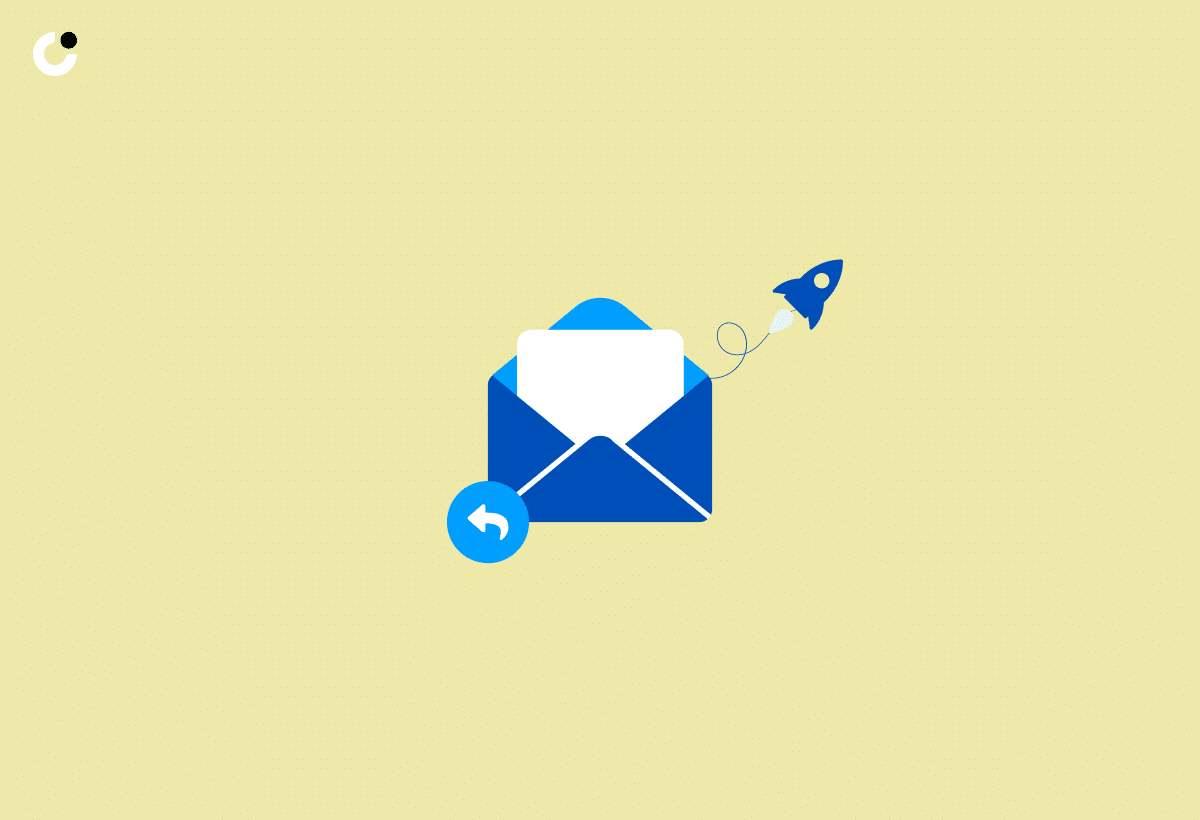Are your cold emails failing to generate the desired response rates? Mastering the art of crafting an engaging and effective cold email is crucial for boosting reply rates and building business relationships. Read on to discover powerful strategies for creating compelling email closings, professional signatures, and impactful P.S. sections that will leave your prospects eager to respond, and learn how to end a cold email effectively.
Key Takeaways
- Craft an effective cold email closing with a call to action, sign-off and signature.
- Personalize messages for prospects by using their name and creating dialogue through open ended questions.
- Follow up emails should be tailored according to the prospect’s needs while integrating into a sales funnel can help convert leads into customers.
Crafting the Perfect Closing Sentence

The closing sentence of your cold email significantly boosts reply rates and leaves a lasting impact on your prospects. The primary elements of a cold email closing are a call to action, a sign-off, and an email signature. An effective closing line not only leaves a memorable impression but also steers your prospect towards the desired outcome.
Examples of effective email closing lines include “I appreciate your consideration. Are you free to meet next week? If so, let me know when is a good time for you.” and “Please do not hesitate to contact me if you have any queries”. Remember, both the opening line and the email closing line of your cold email are crucial for grabbing the recipient’s attention and leaving a lasting impression.
The Power of a Personal Touch

Personalizing the closing line with the prospect’s name or a relevant detail can enhance response rates and foster a connection. Utilizing a prospect’s name in business communication can create a more personal and relatable interaction, leading to a positive response from the recipient.
Adding a personal touch to your email closing shows your understanding of the prospect’s needs and objectives, which increases the chances of a meaningful conversation.
Encouraging a Dialogue

Facilitating a two-way dialogue in writing cold emails can be achieved by posing open-ended questions or requesting feedback in the email conclusion. Inquiring in cold email campaigns can furnish data about the prospect that can be employed to construct a customized and pertinent follow-up.
Engaging your prospect in a conversation reveals your genuine interest in their business and increases the chances of receiving a response.
A Call to Action That Resonates

A clear call to action in email closings is imperative, as it is the intended purpose of the email and each preceding line should direct the reader towards it. When constructing a closing statement for a cold email, it is important to personalize the message, encourage dialogue, and develop a call to action that is tailored to the prospect’s needs and objectives.
Enhancements such as one-click polls and surveys, GIFs, and link previews can also enhance the visual appeal of emails and make it simpler for prospects to interact with them.
Sign Off with Style

Creating a harmonious blend of professionalism and cordiality in your email sign-off is essential for reflecting the voice and identity of your brand. To maintain a professional appearance, it is recommended to use standard sign-offs such as:
- “Best regards”
- “Sincerely”
- “Kind regards”
- “Yours faithfully”
- “Warm regards”
Striking the right balance in your sign-off leaves a lasting impression on your prospect and maintains consistency with your brand’s voice.
Balancing Professionalism and Warmth

To maintain a professional tone while conveying warmth and friendliness, sign-offs such as “Warm regards,” “Best wishes,” or “With gratitude” can be utilized. Striking a balance between professionalism and warmth in your email sign-off not only creates a positive and respectful atmosphere but also fosters a connection with the recipient, leading to better relationships, increased trust, and enhanced communication effectiveness.
Reflecting Your Brand’s Voice

Ensuring that the email sign-off accurately reflects your brand’s voice is essential for maintaining consistency and reinforcing your brand identity. Consider words such as:
- friendly
- professional
- witty
- authoritative
to reflect your brand’s voice accurately.
Aligning your email sign-off with your brand’s voice creates a unified and professional image for your business, fostering trust and familiarity with your recipients.
Designing a Professional Looking Email Signature

An email signature is an important component of your cold email closing, as it provides your contact information and ensures the recipient can contact you in their preferred manner. Your email signature should include:
- Your full name
- Company name
- Position
- Contact information, such as a phone number or email address
Make sure you email professionally by ensuring your email signature looks professional and is easy to read.
Inclusion of relevant links in your email signature can also help raise awareness of your company and provide recipients with an opportunity to access valuable resources.
Essential Elements of an Email Signature

A well-crafted email signature should include:
- Your full name
- Your job title
- Your company name
- Your contact information
- Relevant social media links
Including these elements not only establishes your professional identity and affiliations but also demonstrates that you are a legitimate representative of your organization.
Providing your contact information makes it simpler for the recipient to contact you if required, and including your company name in the email signature contributes to brand recognition.
Adding Value Through Links

Links in your email signature can add value by offering the recipient useful resources, such as blog posts, case studies, or free tools. Ensuring the purpose of the link is clear and pertinent to the recipient allows them to comprehend why the link is included and how it can be advantageous to them.
Incorporating useful links in your email signature not only boosts its effectiveness but also gives an extra incentive for the prospect to engage with your brand.
Final Impressions: The Art of the P.S. Section

The P.S. section in a cold email is a powerful tool for creating a lasting impression and building anticipation for future interactions. By adding a captivating detail or hook in the P.S. section, you not only leave a memorable impression on your prospect but also guide them towards the desired outcome.
Mastering the P.S. section is key to maximizing the impact of your cold email campaign.
A Last-Minute Hook

Adding a last-minute hook or intriguing detail in the P.S. section can encourage the prospect to respond or take action. By employing persuasive elements or messages in the closing of an email, you motivate the recipient to take immediate action, such as responding to your email or making a purchase.
Creating a compelling P.S. section with an engaging hook can greatly boost the effectiveness of your cold email, just like a well-crafted subject line.
Building Anticipation

Creating anticipation in your P.S. section can be achieved by subtly suggesting upcoming events, promotions, or content without divulging too much. Employing language that invokes curiosity, mystery, and intrigue can be effective in building anticipation and engaging the reader.
Creating a sense of anticipation in your P.S. section not only arouses the prospect’s interest but also raises their chances of engaging with your brand.
Tailoring Your Approach Based on Prospect's Business

When composing a cold email, it’s vital to adapt your approach to the prospect’s business needs and difficulties. Understanding their specific requirements and personalizing your email accordingly offers a more relevant and engaging experience for the prospect, thus raising the chances of a response.
Aligning with Business Needs

Aligning your email closing with the prospect’s business needs demonstrates your understanding of their unique challenges and fosters a connection with the recipient. By comprehending the prospect’s individual difficulties and personalizing the email closing according to their industry, you illustrate your comprehension of their requirements and create a more effective email closing.
Offering Specific Solutions

When addressing the prospect’s pain points in your email closing, it is important to offer specific solutions or resources that showcase your expertise and how you can help them. Providing customized solutions that tackle their unique challenges not only shows your understanding of their needs but also places you as a valuable resource for their business.
Navigating Different Scenarios in Cold Emailing

Adapting to different scenarios in cold emailing requires finesse, whether it’s crafting follow-up emails or reigniting interest in cold leads. By understanding the unique requirements of each scenario and tailoring your approach accordingly, you can create more effective and engaging cold emails that resonate with your prospects.
Follow-Up Email Finesse

An effective follow-up email closing should maintain the prospect’s interest and gently nudge them towards a response. By crafting a concise and compelling follow-up email that demonstrates empathy and understanding of their challenges, you can enhance the likelihood of receiving a response and fostering a connection with the prospect.
Rekindling Interest in Cold Leads

To reignite interest in cold leads, consider offering new insights, resources, or opportunities in your email closing. By providing valuable information that addresses their needs and showcases your expertise, you can re-engage cold leads and generate renewed interest in your brand.
First Contact Strategies

Engaging prospects with effective first contact strategies is crucial for setting the stage for a productive conversation. Here are some strategies to consider:
- Tailor your message to the recipient. Show that you have done your research and understand their needs.
- Validate yourself. Highlight your expertise and credibility to build trust.
- Address the prospect by their full name. This personal touch shows that you value them as an individual.
By following these strategies, you can create a more personalized and engaging experience for your prospects.
Optimizing Your Cold Email Campaign for Success

In order to optimize your cold email campaign for success, it is essential to regularly assess the effectiveness of your email closings and adjust your approach based on response rates and feedback.
Integrating your cold email campaign into your sales funnel ensures a seamless transition from prospect to customer, thereby maximizing the impact of your sales email efforts.
Assessing and Adjusting Tactics

Regularly evaluating the effectiveness of your email closings and adjusting your approach based on response rates and feedback is crucial for optimizing your cold email campaign. Tracking key metrics, conducting A/B testing, and analyzing engagement allows you to make data-driven decisions and improve the overall performance of your email closing strategies.
Integrating into the Sales Funnel

Seamlessly integrating your cold email campaign into your sales funnel ensures a smooth transition from prospect to customer. Here are the steps to follow:
- Identify prospects who match your Ideal Customer Profile (ICP).
- Develop a campaign tailored to their engagement.
- Craft a dedicated landing page or website for the campaign.
By following these steps, you can create a unified and effective cold email campaign that drives results.
Summary
In conclusion, mastering the art of crafting engaging and effective cold email closings is crucial for boosting reply rates and building lasting business relationships. By personalizing your message, encouraging dialogue, and offering specific solutions, you can create impactful email closings that resonate with your prospects. Additionally, by optimizing your cold email campaign and integrating it into your sales funnel, you can maximize the impact of your efforts and drive success for your business.
Frequently Asked Questions
What is the importance of a call to action in a cold email closing?
A call to action in a cold email closing is essential for a successful communication, as it helps direct the reader to the intended purpose and conclusion of the email.
How can I personalize my email closing to boost response rates?
Personalize your email closing with the recipient's name or a relevant detail to boost response rates and create a connection.
What strategies can be implemented to maintain interest in follow-up emails?
To maintain interest in follow-up emails, craft concise and compelling messages with empathy and understanding of the reader's challenges. Professional tone and a clear conclusion in the first sentence will help create a meaningful connection.
How can I re-engage cold leads?
Reignite interest in cold leads by offering new insights, resources, or opportunities in your email closing that address their needs and showcase your expertise.
What are the key components of an effective email signature?
A professional email signature should include your full name, job title, company name, contact information and social media links. This will ensure you make a good impression on those reading your emails.

